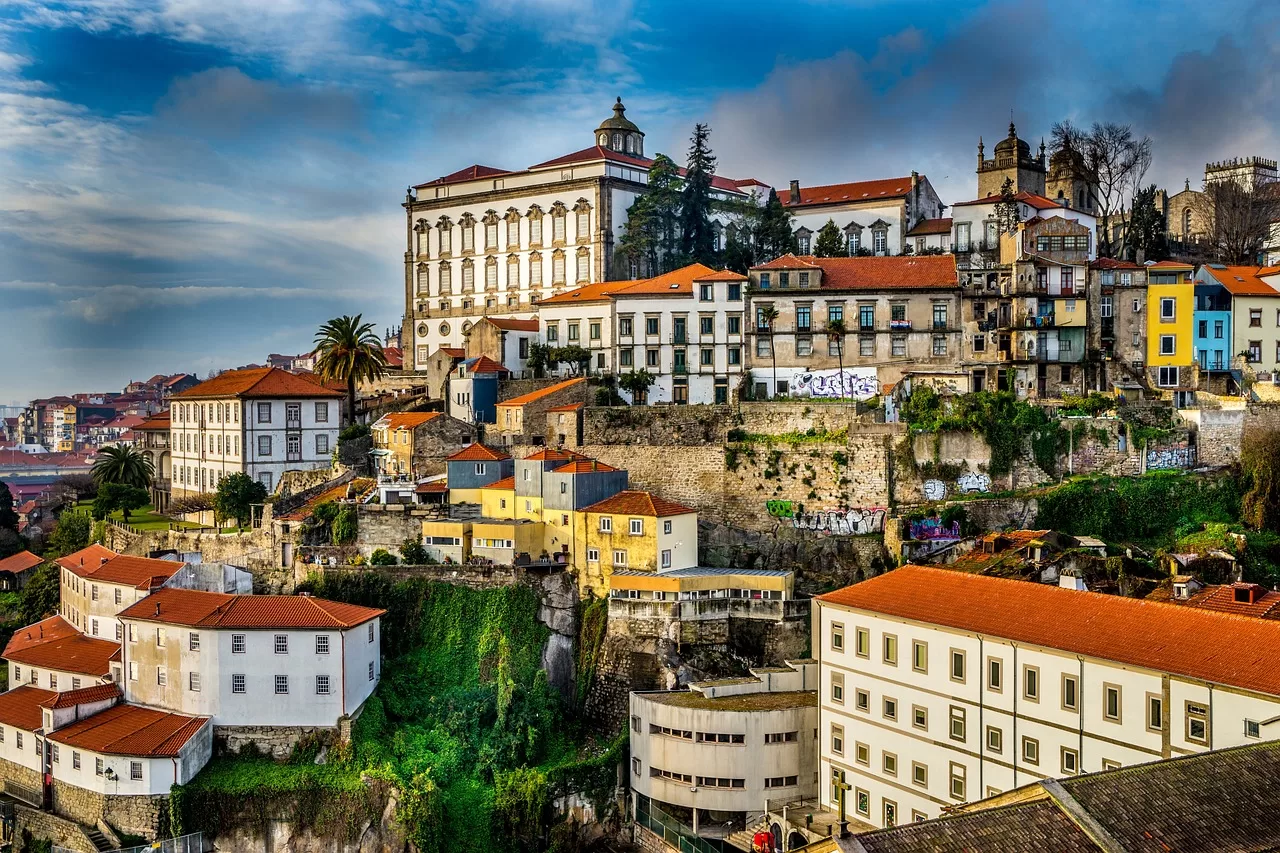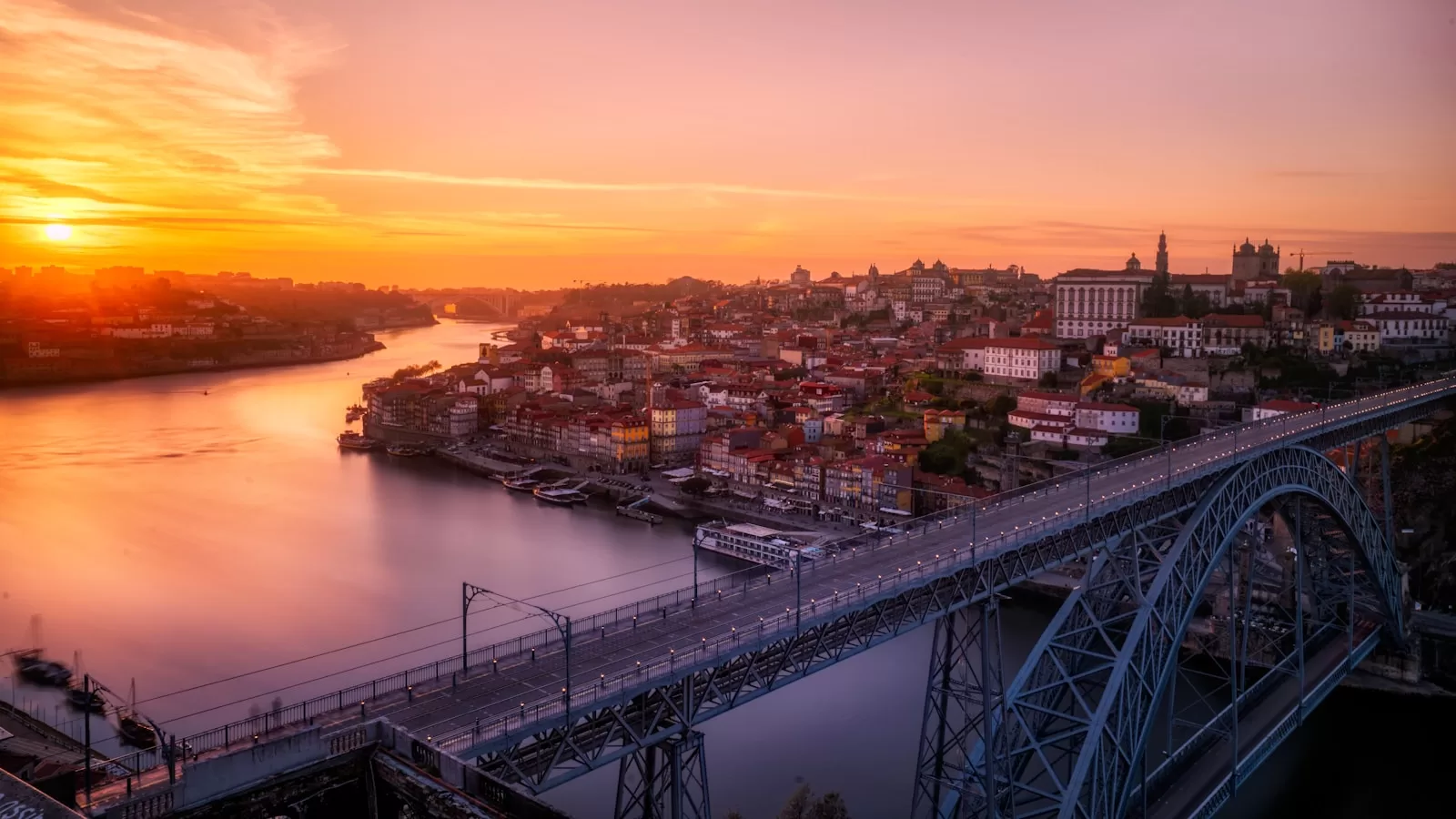Porto is recognized as a UNESCO World Heritage Site with its iconic blend of historical architecture and cultural depth. The Portuguese city is celebrated globally for its outstanding universal value. A city layered with medieval roots, Porto embodies the spirit of Portuguese resilience, artistry, and tradition. The UNESCO designation honors Porto’s architectural and cultural heritage, which extends back to the Roman era. However, the designation evolved through the city’s growth as a significant port.
Known as the “Invincible City,” Porto’s unique identity is preserved through its carefully maintained historic structures. It is also known for culturally vibrant communities.
Historical Foundations of Porto as a UNESCO World Heritage Site

Porto’s history dates back to Roman times, making it one of the oldest cities in Europe. Its strategic position along the Douro River made it an early center for trade. By the 12th century, Porto flourished as a fortified town.
Over the centuries, the port city became a central hub for commerce. Trade routes connecting Porto to Africa, Asia, and the Americas led to a cosmopolitan blend of influences. Therefore, travel shaped its architecture, lifestyle, and traditions. I know Porto has returned the favor on my travels through the beautiful city.
The export of Port wine further established the city’s economic importance, leaving an indelible mark on its cultural landscape.
UNESCO Porto Architectural Marvels and Heritage Landmarks

Porto’s architecture is a tapestry of Gothic, Baroque, and Neoclassical styles, each contributing to the city’s historical depth. The Porto Cathedral (Sé do Porto), with its Romanesque foundations, Gothic cloisters, and Baroque altarpieces, is a testament to the city’s layered architectural evolution.
The Church of São Francisco offers a striking interior adorned with gilded wood carvings, a masterpiece of Portuguese Baroque. Meanwhile, the Luiz I Bridge, designed by Théophile Seyrig, exemplifies Porto’s 19th-century industrial growth, linking the city with the wine cellars of Vila Nova de Gaia.
These landmarks exemplify architectural grandeur and serve as a historical record of Porto’s multifaceted legacy.
The Significance of the Ribeira District
The Ribeira District is the heart of Porto’s UNESCO heritage zone. Nestled along the Douro River, this medieval neighborhood is known for its narrow, winding alleys, colorful facades, and lively riverfront atmosphere. Ribeira reflects Porto’s past as a bustling port town, where merchants, sailors, and artisans mingled along the waterfront. The Douro River flows at its banks, connecting Porto’s history to its modern identity as a cultural destination. With its historic warehouses, traditional bars, and bustling markets, Ribeira offers a glimpse into the daily life of Porto while preserving the city’s architectural charm.
Cultural Elements and Traditions
Porto’s cultural essence is perhaps best represented by its wine production heritage, specifically the iconic Port wine. Vila Nova de Gaia wine cellars hold centuries-old traditions of producing, aging, and exporting Port wine. The port wine industry propelled Porto to global recognition.
Additionally, the city hosts lively festivals, including the Feast of São João, celebrated with bonfires, fireworks, and folk music. Local customs, from the food markets to Fado performances, enrich Porto’s cultural fabric, making it an essential part of the Portuguese cultural landscape.
Porto Preservation and Conservation Efforts

UNESCO’s recognition has played a crucial role in preserving Porto’s cultural and architectural treasures. With ongoing efforts from the local government, conservation organizations, and international bodies, Porto has maintained its historical structures. Modern preservation practices have carefully been done to keep the historic feel from hundreds of years ago.
Restoration projects, including safeguarding Ribeira’s riverside facades and maintaining landmarks like the Porto Cathedral, ensure the longevity of Porto’s unique heritage. These initiatives protect Porto’s legacy, allowing it to thrive as a cultural landmark for future generations.
A Blend of Tradition and Innovation
Despite its rich historical backdrop, Porto has embraced contemporary culture, creating a dynamic blend of tradition and innovation. The city’s art scene is vibrant, with galleries and street art enriching the urban landscape. Culinary innovation has also found its place in Porto. It is where traditional dishes such as the francesinha are served alongside modern gastronomy. Porto’s commitment to preserving its heritage while fostering a modern cultural identity has cemented its position as both a historical site and a forward-thinking city.
Visiting Porto: Practical Tips and Highlights
For travelers, Porto offers a wealth of experiences to suit every interest. Start your exploration with a stroll along the Ribeira, taking in the views of the Douro River and its iconic bridges. A visit to the wine cellars of Vila Nova de Gaia is a must for wine enthusiasts, with tastings and tours showcasing the art of Port wine production. The Clérigos Tower provides panoramic views of the city, while the Serralves Museum offers a taste of modern art. For an authentic experience, try local dishes such as bacalhau and enjoy the vibrant café culture. Visiting during the spring or fall offers a pleasant climate and fewer crowds, enhancing the Porto experience.
Atypical Last Thoughts

Porto is more than just a city; it’s a testament to Portugal’s historical grandeur and cultural resilience. With its UNESCO World Heritage status, Porto has preserved the beauty of its past while embracing the creativity of the present. The city invites visitors to explore, appreciate, and participate in its timeless charm, from architectural wonders to cultural landmarks. Porto’s unique identity and commitment to preservation make it a remarkable destination where history and modernity converge, offering an unforgettable journey for all who visit.
Subscribe
Are you an avid traveler seeking inspiration for your next adventure? Look no further than the Atypical Vagabonds newsletter. By subscribing to our newsletter, you gain access to a treasure trove of travel tips, destination guides, and captivating stories from around the globe. Our knowledge in exploring off-the-beaten-path destinations. We offer a refreshing perspective on travel, encouraging you to embrace the unconventional and discover unique experiences. Join the community today and let our wanderlust-inducing content inspire you. Therefore, you can embark on extraordinary journeys. Subscribe to receive their latest updates directly in your inbox and never miss a travel adventure again.
Donations
Love what you’re seeing on Atypical Vagabond? Help us keep the adventures coming! Consider donating through PayPal’s secure payment system. Every contribution goes a long way in fueling our mission to bring you more thrilling content and unforgettable experiences. Join us in shaping the future of travel—donate today!




Leave a Reply